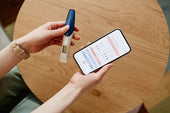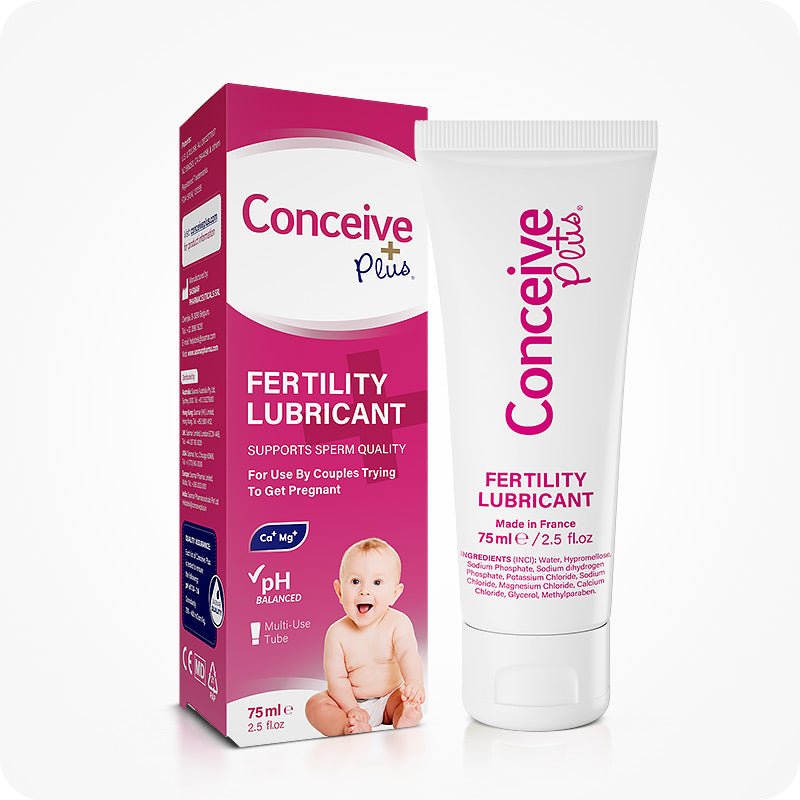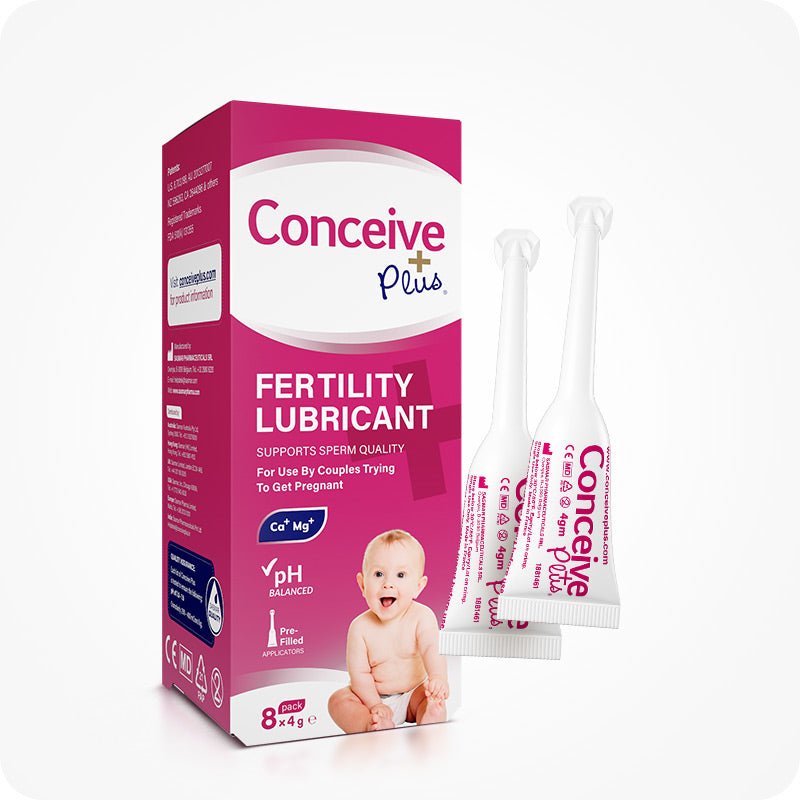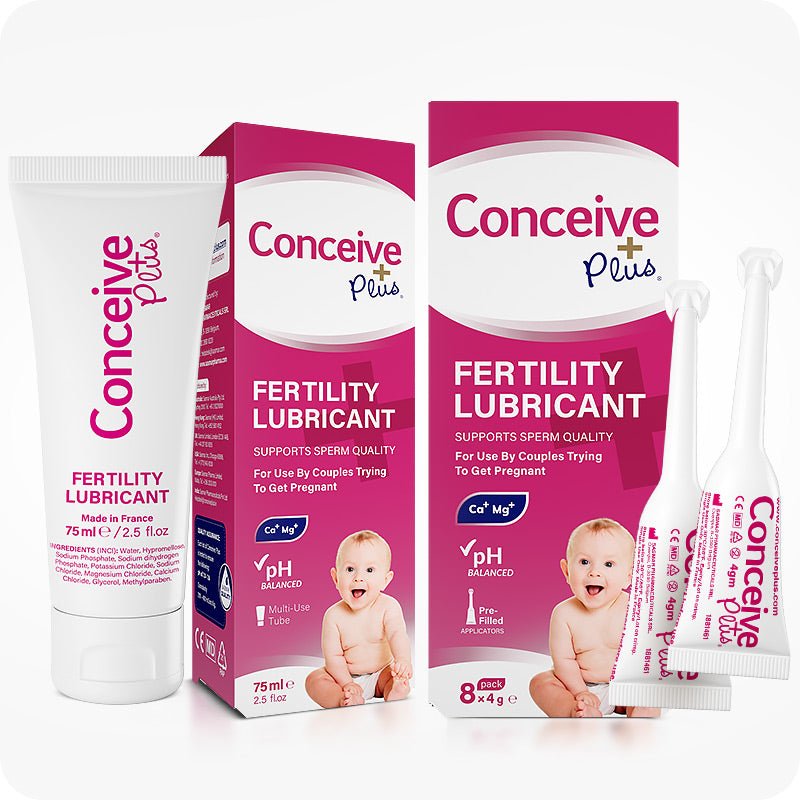IVF Due Date: Understanding Your Estimated Delivery

For hopeful parents who have embarked on the path of in vitro fertilization, pinpointing an estimated IVF due date can seem both exciting and complex. Unlike a natural conception, assisted reproductive procedures offer clearer details about fertilization, embryo development, and the exact timing of certain critical events. However, the added steps involved—such as egg retrieval, fertilization in a laboratory, and a carefully timed transfer of the embryo—bring unique considerations when estimating the final day of pregnancy. Healthcare providers and medical researchers have refined various methods over the years to improve accuracy, enabling expectant parents to plan for essential milestones in a more informed manner. Knowing how each phase unfolds can be highly beneficial, helping couples manage expectations and navigate the journey with greater confidence. While the process can differ from one clinic to another, the overarching principles remain consistent across many fertility programs.
The IVF Timeline
In a typical cycle, natural conception revolves around an egg being released approximately two weeks before an anticipated menstrual period. That estimate guides many healthcare providers when calculating gestational age for a naturally occurring pregnancy. However, individuals involved in assisted reproductive technologies do not rely solely on the ovulation day. Instead, doctors observe follicular development via ultrasound, stimulate egg production if necessary, and collect those eggs for fertilization in a laboratory. Then, the embryo is nurtured for several days before returning it to the uterine environment. This distinctive path shifts the usual reference points that clinicians would typically use to establish pregnancy milestones [1].
Medical professionals often emphasize precision with assisted fertilization, which is why they tailor their approach to every patient’s unique circumstances. During in vitro procedures, counting commonly commences from the day the eggs are retrieved. With that timeline in mind, many individuals wonder how to calculate due date with IVF, and the short answer rests in understanding embryonic developmental days. Regardless of whether a transfer is performed on day three or day five of embryo growth, each of those intervals aligns with slightly different outcome metrics. Since many prefer a reliable formula over guesswork, specialized tools such as the due date calculator after IVF have emerged to assist in establishing a target timeline. These mechanisms, combined with medical oversight, guide expectant parents toward a more accurate projection of their baby’s birth date.
A similar methodology applies to those seeking additional clarity when determining due date with IVF in fresh transfers. Patients can typically expect a pregnancy test approximately two weeks after embryo placement, offering the first official confirmation of implantation. As soon as that milestone is reached, many are eager to map out the final day on the calendar. Conventional knowledge suggests pregnancy lasts around 40 weeks from the start of the last menstrual period, but with assisted conception, the known date of fertilization adjusts these calculations. By focusing on precisely when fertilization took place, medical professionals can refine the total count of gestational days. Such a meticulous strategy assures that the daily progression of fetal development remains as transparent as possible, helping fertility doctors detect any potential issues and optimizing prenatal care from the earliest stages.
If you're interested in understanding more about the costs of IVF in Ohio, be sure to explore our article on IVF Cost Ohio: What IVF Treatment Will Cost in Ohio.
The Significance of Precise Dating
Couples often place a high premium on knowing the due date based on IVF, especially when they have already surmounted major hurdles to achieve conception. Pregnancies established through assisted methods can carry slightly different risks, particularly for those of advanced maternal age or for couples with underlying health conditions. A precise timeline helps physicians schedule key scans, plan necessary medical tests, and manage any relevant medication routines. When doctors establish the due date based on IVF transfer, they take into account exactly how many days the embryos cultured in the lab before transfer. This detail ensures the pregnancy is not mislabeled as “earlier” or “later” than it truly is, a mistake that could lead to confusion about fetal growth rates or about the timing of further interventions [2].
In many cases, multiple embryos are transferred, which may raise the possibility of twins or higher-order multiples. In these circumstances, the accuracy of the estimated arrival time becomes even more critical to ensure close monitoring. For instance, some individuals turn to a due date calculator for twins if they suspect more than one fetus might be developing. Given the unique care needs of multiples, it becomes even more essential to verify how far along the pregnancy is. If everything aligns properly in these earlier stages, it sets a stable tone for the length of the gestation, guaranteeing that high-risk pregnancy protocols can be implemented if needed. Pairing scientific insights with personalized planning leads to more efficient collaboration with obstetric teams and fosters informed patient care decisions for any type of IVF pregnancy.
Approaches to Estimating the Delivery
One frequently discussed question is: how to calculate due date with IVF when an embryo is placed into the uterus several days after fertilization. Clinicians typically measure the embryo’s developmental stage (for example, a blastocyst on day five) and, from that point, add the standard 38 weeks for a rough total. However, working out the final estimate manually can be cumbersome, prompting many fertility centers to suggest patients use an IVF pregnancy calculator or an IVF pregnancy due date calculator to generate immediate and customized feedback. Such tools account for how many days the embryo spent maturing before being transferred, whether it was a fresh or frozen embryo, and the official date of the procedure [3].
Modern resources also exist for those navigating a frozen transfer scenario. When someone opts for a frozen embryo transfer (FET), the schedule follows a slightly modified course. If you find yourself thinking, “how far along am I IVF wise, given that my embryo was frozen for a certain period?” The best approach is to use an IVF transfer due date calculator specifically calibrated for thawed embryos. In that method, you would input the date of your FET, the age or developmental stage of the embryo at freezing, and then the platform extrapolates forward to deliver an estimation. Some tools, such as a due date calculator IVF FET, factor in all the standard variables while incorporating the day count that applies to an embryo cultured to a certain developmental milestone. Ultimately, the more precise the data entered, the more reliable the final projection becomes.
Medical professionals may rely on an IVF EDD calculator (EDD being “estimated date of delivery”) that uses the embryo’s lab-based timeline and actual procedure dates. In parallel, many individuals appreciate how an IVF due date predictor can quickly provide straightforward answers. Over time, these digital aids have become increasingly sophisticated, enabling detailed tracking of how the pregnancy unfolds. Meanwhile, if you choose to follow your progress with an IVF calendar due date, linking each major event to a specific day on a personalized schedule can simplify your weekly or monthly check-ins. This approach is particularly reassuring for those who have previously navigated uncertain fertility waters and now want a sense of control through real-time knowledge [4].
Special Cases and Considerations
Those who undergo a fresh transfer might not require a major alteration in the formula, but it remains vital to remember that each situation is unique. In contrast, frozen embryo transfers introduce a separate timetable. For instance, an embryo transfer due date that follows a freeze-thaw procedure usually starts by adding two weeks to the embryo’s age upon transfer, closely mimicking how doctors estimate a natural pregnancy. This formula ensures that the measured gestational length accounts for the full development period. In addition, some couples choose advanced screening of embryos via preimplantation genetic testing, which can slightly adjust the timeline based on how many days the embryos spend in culture.
Patients may also wonder about the slight differences between a fresh embryo transfer and a frozen one. A FET due date can sometimes feel later or earlier, simply because the day count shifts by the specific point in development at which the embryo was frozen. In this context, a FET due date calculator or a FET EDD calculator can systematically integrate the freeze date, thaw date, and transfer date to yield a personalized projection for delivery. The main aim here is consistency: ensuring that the pregnant person, fertility experts, and obstetric care providers operate from a unified understanding of how advanced the pregnancy is at any point. That precision translates into properly timed ultrasounds, blood tests, and check-ups, all of which safeguard both maternal and fetal health [5].
When it comes to a FET transfer due date, variations may crop up based on the thickness of the endometrium, the presence of supportive hormone treatments, and overall maternal health. Those complexities often lead healthcare practitioners to rely on objective measurements, such as ultrasound scans, to confirm the baby’s growth matches the predicted week of pregnancy. If discrepancies appear, further tests might help confirm or reevaluate the projected date of birth. Nonetheless, tools for a due date calculator IVF FET tend to remain a standard reference as pregnancies progress. Maintaining transparent communication with your medical team will help mitigate any confusion if adjustments become necessary due to unexpected developments in either the mother or the fetus.
Leveraging Calculators and Tools
Expectant parents have multiple digital instruments at their disposal these days. Searches for an IVF transfer due date calculator might yield various options, each designed for different protocols. Some will merely ask for the transfer date, while others require details such as embryo age and developmental stage. Another popular resource is an IVF EDD calculator, which adheres to standard medical guidelines for computing the 40-week cycle adjusted for IVF specifics. As these systems have multiplied, they’ve become more user-friendly, often generating results in seconds.
Online applications can even factor in specialized scenarios. Individuals who conceive more than one baby might prefer a tool that integrates factors pertaining to multiples, such as a due date calculator for twins. Though twins can arrive earlier than singletons, these calculators aim to provide a ballpark projection that can guide initial prenatal visits. Even a straightforward device like an IVF calendar due date module can help track weekly developments, listing prenatal screening windows or the recommended intervals for essential medical appointments. Though these tools are highly convenient, they should not replace personalized feedback from a fertility specialist or an obstetrician. Instead, they serve as companions, enabling parents to stay updated on how the pregnancy might evolve [6].
A real advantage arises when couples merge digital calculators with medical advice. Fertility clinics often supply direct instructions or apps customized for each patient, allowing for a synchronized approach between at-home tracking and official ultrasound confirmations. For example, using an IVF pregnancy calculator might empower parents to cross-check if the baby’s measurements align with the predicted gestational age during routine scans. If a discrepancy emerges, immediate dialogue with doctors can clarify whether it’s a matter of normal developmental variation or an issue that warrants additional monitoring. However, the act of referencing more than one type of calculator can sometimes result in conflicting answers if the data entry is inconsistent or if the calculators base their formulas on slightly different assumptions.
If you’re looking for more insights into specific fertility treatments and clinics, be sure to check out our article on Nashville IVF Clinics: Top 3 Fertility Centers for You.
The Bottom Line
IVF due date estimations rest upon the structured timeline of in vitro fertilization and, in the case of frozen embryos, on a precise count of how long those embryos were cultured before cryopreservation. This roadmap allows clinicians to track growth with greater clarity than is usually possible in natural conceptions. By tapping into specialized tools such as an IVF pregnancy due date calculator or a FET transfer due date module, prospective parents can stay updated on their pregnancy’s progress. Although these resources help bring clarity, an in-depth conversation with a trusted medical expert remains the most reliable way to handle any unexpected variations that arise.
References
- Choe J, Shanks AL. In Vitro Fertilization. [Updated 2023 Sep 4]. In: StatPearls [Internet]. Treasure Island (FL): StatPearls Publishing; 2025 Jan-. Available from: https://www.ncbi.nlm.nih.gov/books/NBK562266/
- Zhao Y, Brezina P, Hsu CC, Garcia J, Brinsden PR, Wallach E. In vitro fertilization: four decades of reflections and promises. Biochim Biophys Acta. 2011 Sep;1810(9):843-52. doi: 10.1016/j.bbagen.2011.05.001. Epub 2011 May 13. PMID: 21605628.
- Elsner CW, Tucker MJ, Sweitzer CL, Brockman WD, Morton PC, Wright G, Toledo AA. Multiple pregnancy rate and embryo number transferred during in vitro fertilization. Am J Obstet Gynecol. 1997 Aug;177(2):350-5; discussion 355-7. doi: 10.1016/s0002-9378(97)70197-2. PMID: 9290450.
- Zhang SJ, Gong F, Lin G, Lu CF, Xiao HM, Lu GX. [Influence of patient age and the number of good-quality-embryos transferred on multiple gestation in in vitro fertilization and embryo transfer]. Zhonghua Fu Chan Ke Za Zhi. 2008 Aug;43(8):567-70. Chinese. PMID: 19087488.
- Johnson M. Human in vitro fertilisation and developmental biology: a mutually influential history. Development. 2019 Sep 5;146(17):dev183145. doi: 10.1242/dev.183145. PMID: 31488509.
- Sahu M, Prasuna JG. Twin Studies: A Unique Epidemiological Tool. Indian J Community Med. 2016 Jul-Sep;41(3):177-82. doi: 10.4103/0970-0218.183593. PMID: 27385869; PMCID: PMC4919929.
Buy prenatal vitamins with DHA from Conceive Plus, the fertility brand formulated for positive results! Helping trying to conceive and pregnant women with the best prenatal with DHA for pregnancy, the premium prenatal with DHA supplements available with free shipping. Order prenatal vitamins with DHA online here.




















